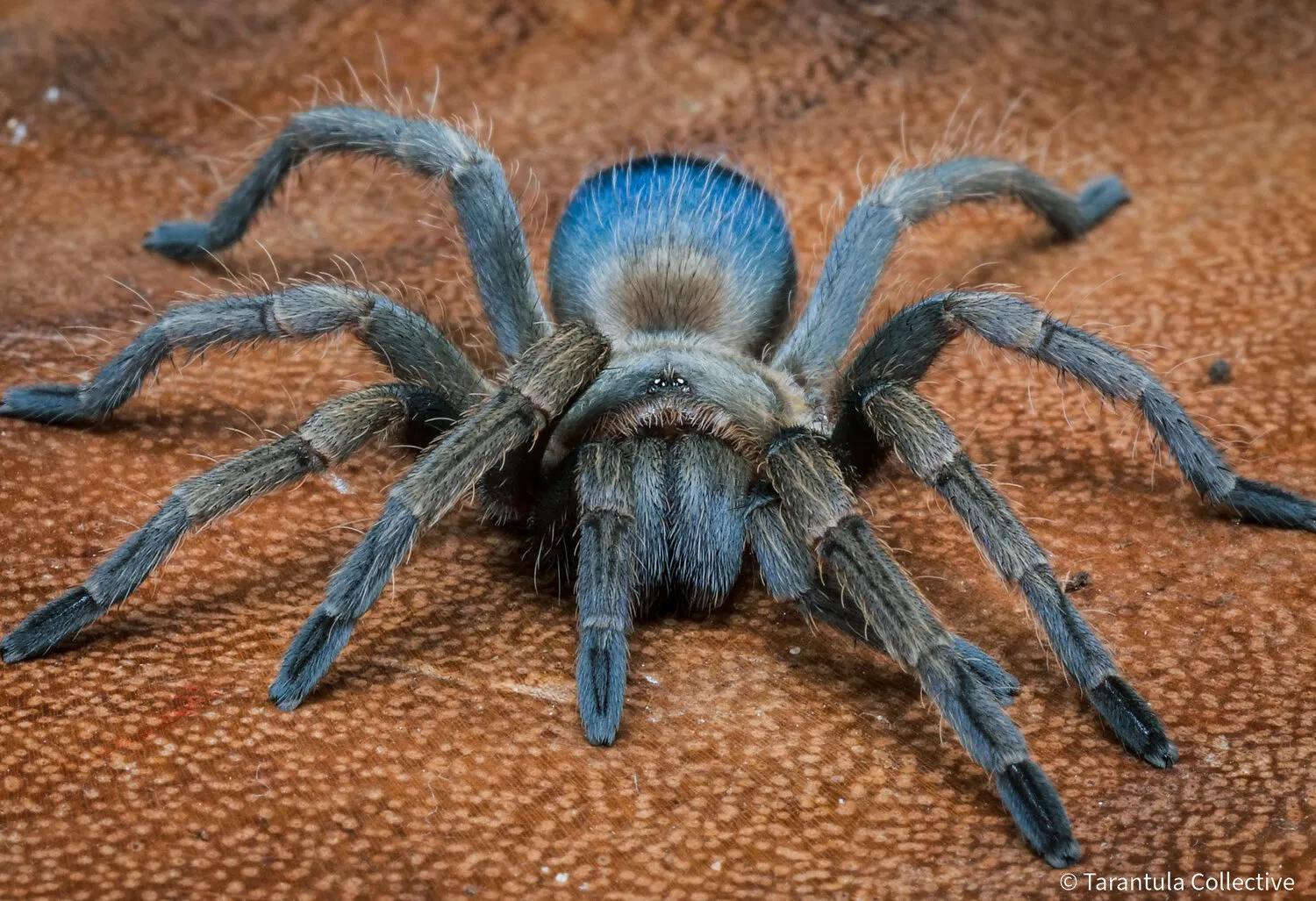Tarantula Care Guide Top 5 Tips
Bringing a tarantula into your home can be an incredibly rewarding experience. These fascinating arachnids are relatively low-maintenance pets, but they do require specific care to thrive. This guide offers the top 5 tips to help you provide the best possible environment and ensure your tarantula lives a long and healthy life. From selecting the right species to understanding their unique needs, we’ll cover everything you need to know to become a successful tarantula owner. Remember, responsible pet ownership is about providing a safe and enriching life for your animal, and with the right knowledge, you can enjoy the unique companionship of a tarantula.
Choosing the Right Tarantula
Not all tarantulas are created equal, and choosing the right species for your experience level and lifestyle is crucial. Consider the size, temperament, and care requirements of different species before making a decision. Some tarantulas are more docile and suitable for beginners, while others are more defensive and require more experience. Research is essential for selecting a tarantula that aligns with your ability to provide appropriate care and create a safe environment for both you and the spider. Also, think about how much space you have available and the lifespan of the species you are considering, as some tarantulas can live for several decades.
Researching Different Species
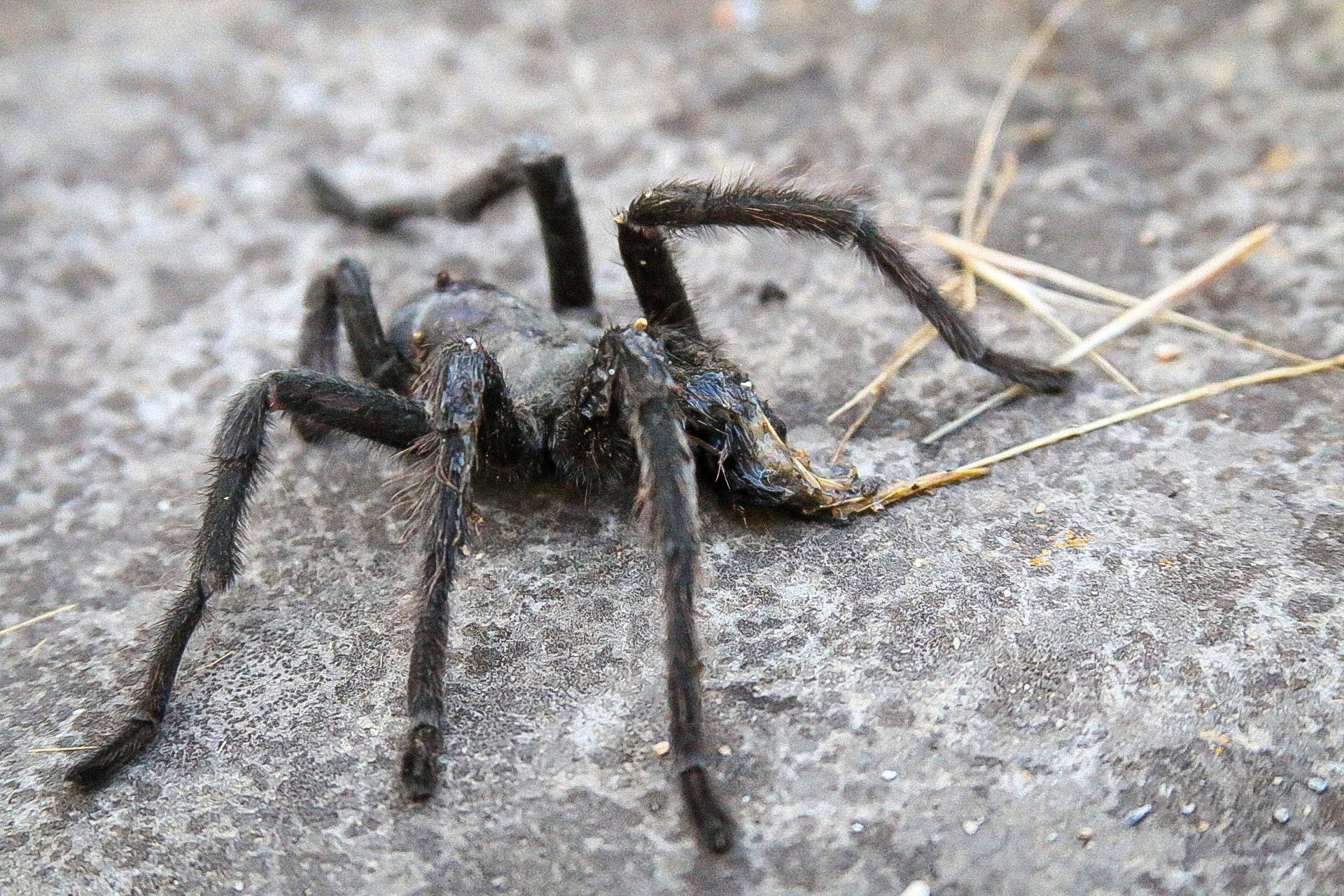
Before you buy a tarantula, dive deep into research. Explore various species and their specific needs. Look into factors such as their native habitat, dietary preferences, and typical behavior. Online forums, books, and reputable pet stores are valuable resources for gathering information. Understanding the natural environment of a tarantula will allow you to replicate it as closely as possible in captivity. This includes learning about their preferred temperature, humidity levels, and suitable substrate. The more you know, the better equipped you will be to meet the needs of your new pet and to appreciate the unique characteristics of the species you choose, ensuring a happy and healthy life.
Understanding Temperament and Size
Temperament and size are critical factors. Some species are known for being more docile and less prone to biting or kicking hairs (urticating hairs), making them better choices for beginners. Others are more defensive and might be best suited for experienced keepers. Size also plays a significant role in enclosure requirements and the amount of food needed. Larger tarantulas require bigger enclosures and consume more prey. It’s important to find a species that fits your living situation and your comfort level. Remember that individual personalities can vary, even within the same species, so observe your tarantula closely and learn to recognize its body language.
Setting Up the Ideal Enclosure
A well-designed enclosure is essential for the well-being of your tarantula. It should provide a secure, comfortable, and stimulating environment. The size of the enclosure should be appropriate for the size of your tarantula, allowing ample space for movement and exploration. Ventilation is crucial to prevent the buildup of humidity and the growth of mold. The enclosure must also be escape-proof, as tarantulas are skilled escape artists. Consider the type of tarantula you have: terrestrial species need horizontal space, while arboreal species need vertical space. The ideal enclosure mimics the tarantula’s natural habitat and is key to its overall health and happiness.
Choosing the Right Substrate and Decor
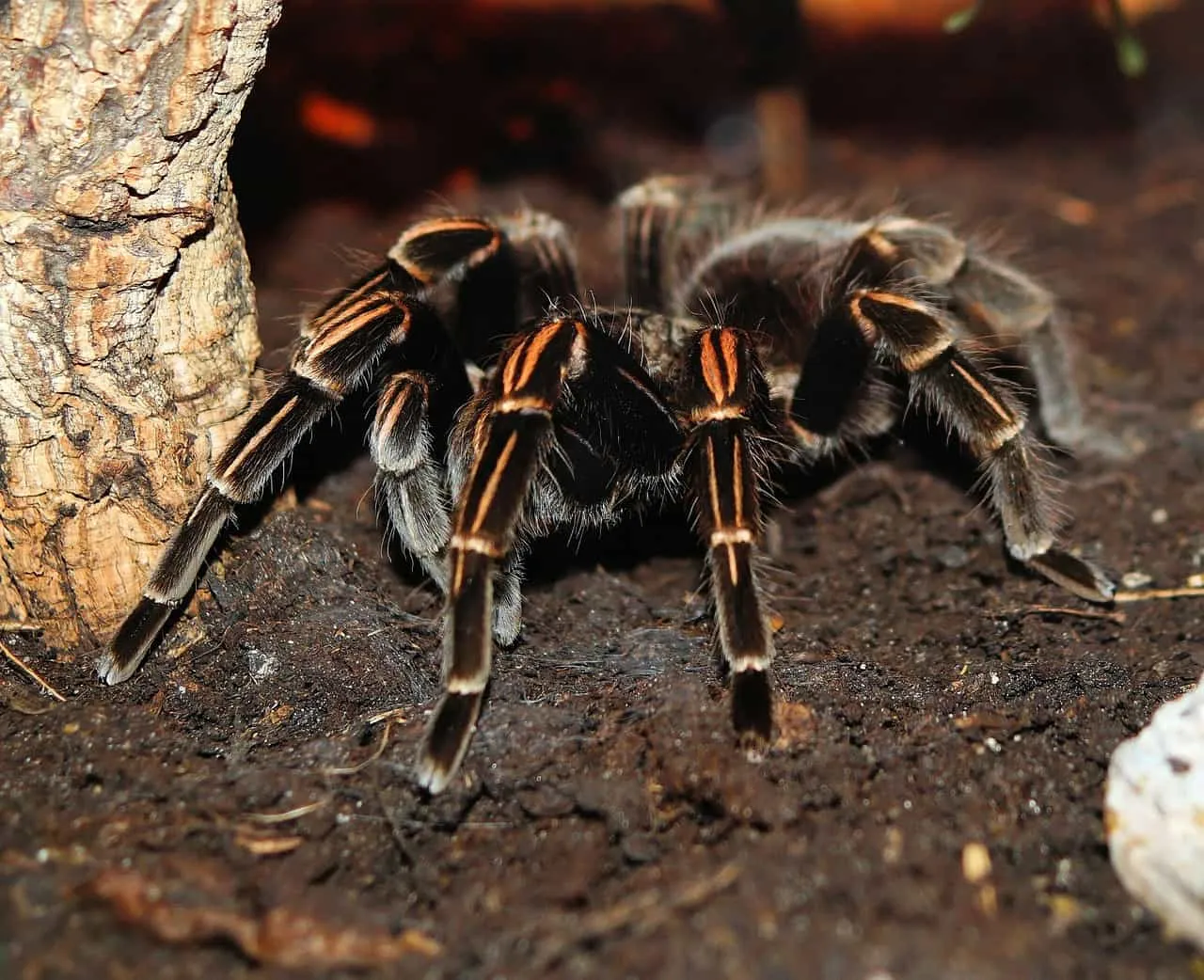
The substrate provides a base for your tarantula’s enclosure and helps to maintain humidity. The best substrate choices depend on the species. Some common options include coconut fiber, peat moss, and vermiculite. Avoid substrates that are toxic or could potentially harm your tarantula. Decorating the enclosure with items like cork bark, branches, and artificial plants provides hiding places and enrichment for your tarantula. These elements allow your spider to feel secure, express natural behaviors, and help regulate the environment. Ensure that any décor is clean, non-toxic, and appropriately sized to avoid hazards.
Maintaining Temperature and Humidity
Tarantulas are ectothermic, meaning they rely on their environment to regulate their body temperature. Maintaining the correct temperature and humidity levels is vital for their health and well-being. Most species thrive in temperatures between 75 and 85 degrees Fahrenheit. Humidity requirements vary depending on the species, but generally, tropical tarantulas need higher humidity levels than those from arid environments. Use a thermometer and hygrometer to monitor the conditions within the enclosure. You can increase humidity by misting the enclosure with water and providing a water dish. Ensure proper ventilation to prevent mold and mildew growth.
Proper Feeding and Hydration
Feeding and hydration are two of the most crucial aspects of tarantula care. Tarantulas have different dietary needs, so understanding their specific requirements is essential. They are typically fed live insects, such as crickets, mealworms, and roaches. The frequency of feeding depends on the age and size of the tarantula; younger tarantulas need to be fed more often than adults. It’s also important to provide a constant source of fresh, clean water to keep your tarantula hydrated.
Choosing the Right Food

The diet of a tarantula largely consists of live insects. The size of the prey should be appropriate for the size of the tarantula; a good rule of thumb is that the prey should be no larger than the tarantula’s abdomen. Crickets are a common staple, but other options include mealworms, superworms, and roaches. Varying the diet can provide a more balanced nutrition profile for your tarantula. Ensure that the insects are gut-loaded with nutritious food before feeding them to your tarantula. Avoid feeding wild-caught insects, as they may carry parasites or pesticides.
Providing Fresh Water
Water is essential for tarantula health, so providing a constant source of clean water is critical. A shallow water dish is usually sufficient. Make sure the water dish is not too deep, to prevent accidental drowning. Change the water frequently, ideally every day or two, to keep it clean and free of debris. Some tarantula keepers also mist the enclosure to increase humidity and provide an additional source of water for the spider. Regular hydration is essential for molting and overall well-being, so make sure the water source is always accessible.
Safe Handling and Observation
Handling a tarantula is often discouraged unless absolutely necessary. Tarantulas can be easily stressed, and handling can lead to bites or the release of urticating hairs. If you do need to handle your tarantula (for example, during enclosure maintenance), do so with extreme caution. Use a gentle approach, and avoid sudden movements. Observe your tarantula’s behavior carefully, and if it displays signs of stress or aggression, stop handling it immediately. The best way to enjoy your tarantula is to observe it in its enclosure, where it feels safe and secure.
Recognizing Signs of Stress and Illness
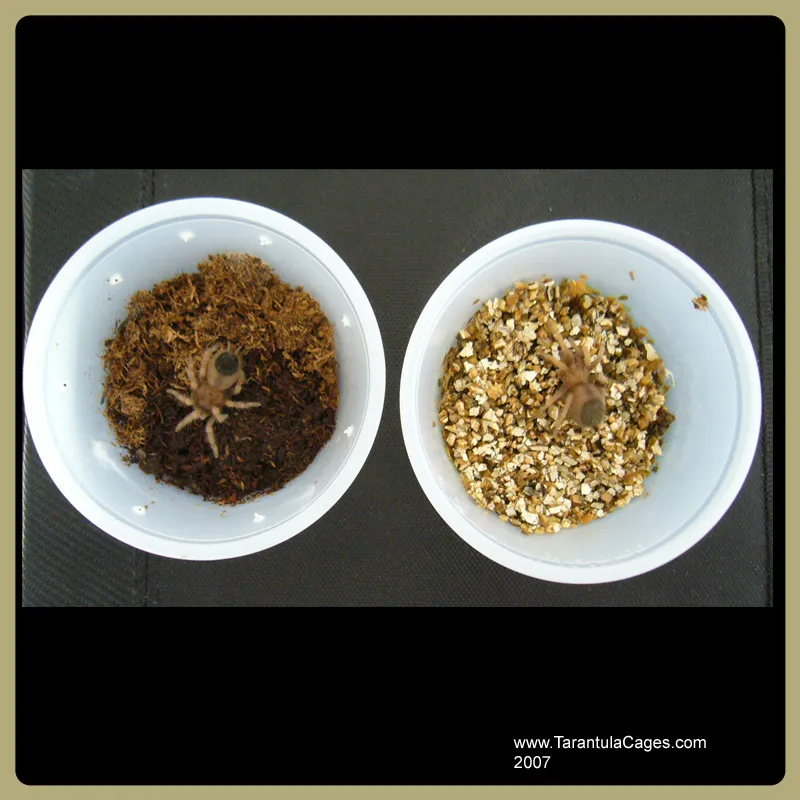
It’s crucial to recognize the signs of stress or illness in your tarantula. Common indicators include lethargy, loss of appetite, erratic behavior, and unusual postures. Other signs include a change in color, difficulty molting, and the presence of parasites. If you notice any of these signs, it’s important to investigate the cause. Check the enclosure conditions, such as temperature and humidity. Consult with a veterinarian who specializes in exotic animals, or a knowledgeable tarantula keeper, if you are unsure about the cause of the problem or how to address it. Early detection and intervention can often prevent serious health issues.
Understanding the Molting Process
Molting is a natural process in which tarantulas shed their exoskeleton to grow. The frequency of molting depends on the tarantula’s age and growth rate; younger tarantulas molt more often than adults. Before molting, the tarantula may become inactive, refuse food, and develop a dull appearance. During the molt, the tarantula will typically lie on its back. It’s important not to disturb the tarantula during this process, as it is vulnerable. After molting, the new exoskeleton will be soft for a few days, and the tarantula may not eat until it hardens. Providing proper care, including correct humidity levels, is important for the molting process.
Ongoing Tarantula Health and Wellness
Providing a healthy environment and understanding the needs of your tarantula are key to its long-term well-being. This includes regular maintenance, careful observation, and a proactive approach to any potential issues. A well-cared-for tarantula can live for many years, providing you with a fascinating and rewarding pet experience. Stay informed, be patient, and enjoy the unique experience of sharing your life with these remarkable creatures. The more you understand, the more you can enjoy the unique qualities that tarantulas bring.
Regular Tank Cleaning
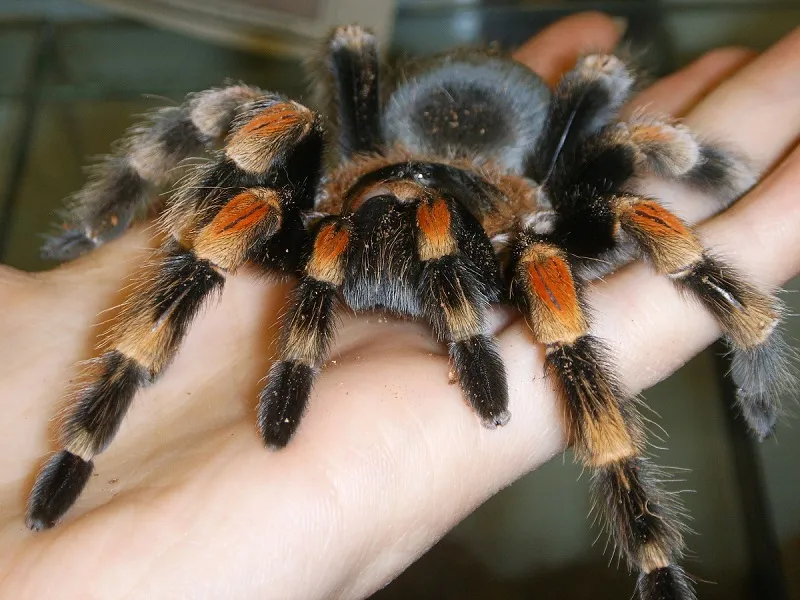
Regular cleaning is essential for maintaining a healthy environment for your tarantula. Remove uneaten food and any waste products regularly, as they can attract pests and promote the growth of bacteria. Spot clean the enclosure as needed, and perform a more thorough cleaning every few months. When cleaning, replace the substrate, clean the decorations, and ensure that the enclosure is properly disinfected. Avoid using harsh chemicals, as they can be harmful to your tarantula. Always wear gloves when cleaning the enclosure to protect yourself from any potential contact with urticating hairs.
Monitoring for Parasites and Pests
Tarantulas can be susceptible to parasites and pests, such as mites, which can infest the enclosure. Regularly inspect your tarantula and its enclosure for signs of these problems. Check for unusual movements, small insects, or other anomalies. If you suspect a pest infestation, take prompt action. Isolate the affected tarantula and thoroughly clean the enclosure. There are various safe and effective methods for treating mites and other pests; consult with a veterinarian or a tarantula expert for advice. Prevention is the best approach, so keeping the enclosure clean and maintaining proper conditions can minimize the risk of these issues.
